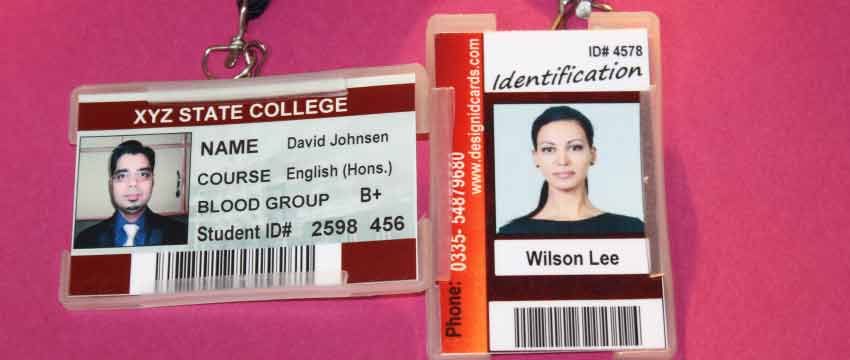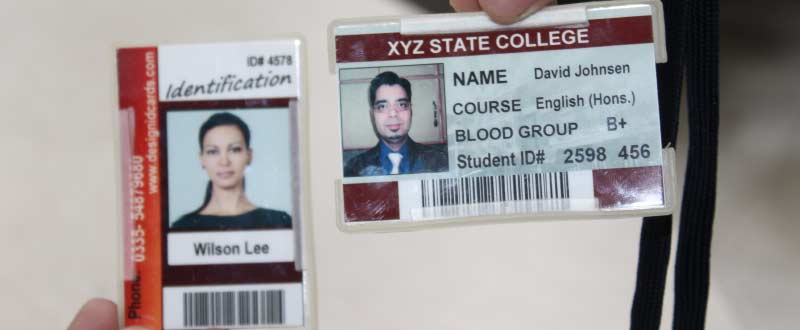Printing Options Available in Student ID Card Designing Software
Student ID Card Designing Software typically offers various printing options to ensure high-quality output. These options enable users to customize the printing process based on their specific requirements. The available printing options may vary depending on the software:-

-
Paper Size and Orientation:
Student ID Card Designing Software allows users to select the paper size and orientation for printing. Common paper sizes include A4, Letter, and custom sizes. The orientation can be set to portrait or landscape, depending on the design and layout of the ID card template.
-
Customizable Printing Regions:
The software may offer customizable printing regions, allowing users to specify the area where the ID card design will be printed on the page. This can be particularly helpful when working with pre-cut ID card sheets or when aligning the design with specific printer settings.
-
Printing Multiple ID Cards:
To streamline the printing process, the software may provide options for printing multiple ID cards on a single page. This is useful when printing ID cards in bulk, reducing paper usage and optimizing the printing workflow. Users can define the number of ID cards to be printed per page, along with the arrangement and spacing between each card.
-
Batch Printing and Data Merging:
In situations where ID cards need to be printed in bulk and personalized with individual student information, the software may offer batch printing and data merging capabilities. This enables users to import data from a database or a spreadsheet, automatically populate the ID card fields, and generate a batch of personalized ID cards for printing.
-
Image Quality and Resolution:
To ensure high-quality printing of ID card designs, the software often allows users to adjust the image quality and resolution settings. This ensures that images and graphics appear crisp and clear on the printed ID cards. Options may include choosing the image resolution (e.g., 300 DPI) and selecting the image compression level to balance quality and file size.
-
Color Management:
Color management options are crucial for accurate color reproduction during printing. The software may support various color modes such as RGB and CMYK, allowing users to select the appropriate color profile based on their printing requirements. Additionally, color calibration settings may be available to ensure consistency between the on-screen representation and the printed output.
-
Print Preview:
A print preview feature is often provided, allowing users to visualize how the ID card design will appear on the printed page. This helps in identifying any layout issues, misalignments, or content clipping before printing.
-
Duplex Printing:
If the printer supports duplex (double-sided) printing, the software may provide options for printing ID card designs on both sides of the paper. This is particularly useful when including additional information or design elements on the reverse side of the ID cards, such as terms and conditions, student guidelines, or other relevant details.
-
Barcode and QR Code Printing:
Student ID Card Designing Software often includes features for generating and printing barcodes and QR codes on ID cards. Users can define the barcode or QR code format, content, and placement on the ID card design. This allows for easy integration with access control systems or student identification processes.
-
Print Settings and Printer Compatibility:
The software typically provides a range of print settings to customize the printing output. This includes selecting the printer, paper tray, print quality, and other printer-specific settings. The software should be compatible with a variety of printers, including inkjet, laser, or thermal printers commonly used for ID card printing.
-
WYSIWYG (What You See Is What You Get):
The WYSIWYG principle ensures that the printed output closely matches the on-screen representation of the ID card design. Student ID Card Designing Software aims to provide an accurate preview of the final printed result, taking into account factors such as scaling, margins, and color management.
Date: 08/07/2023
